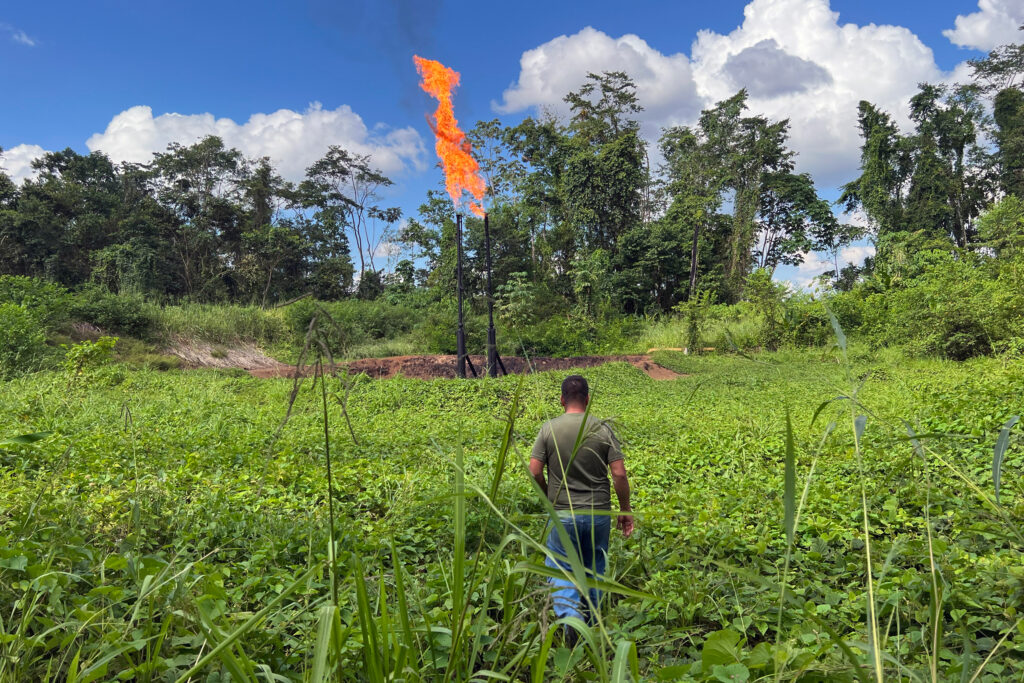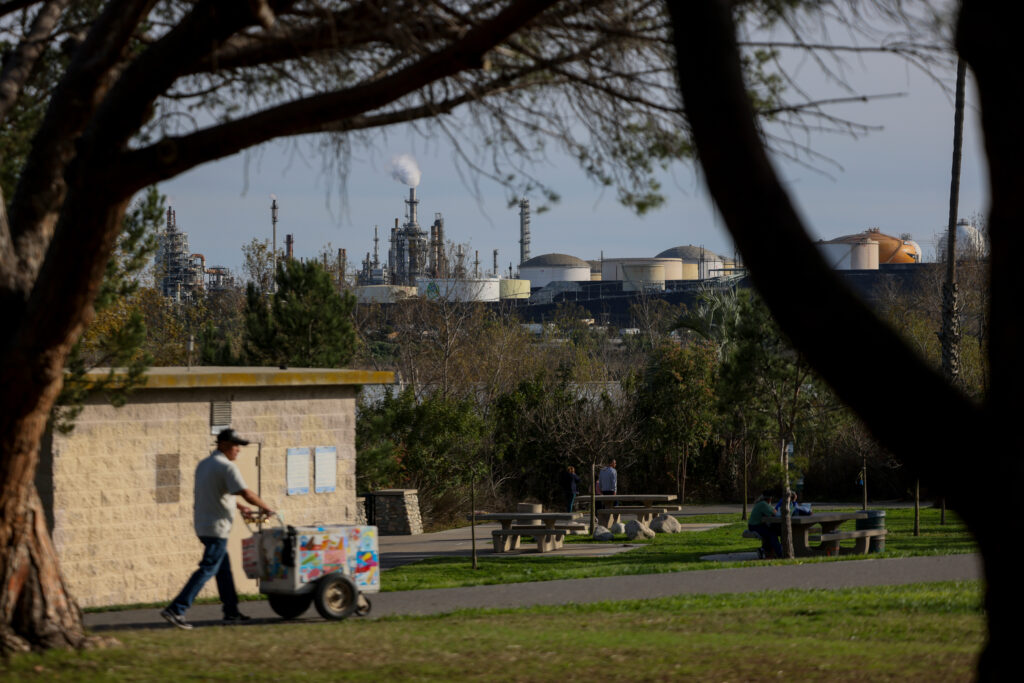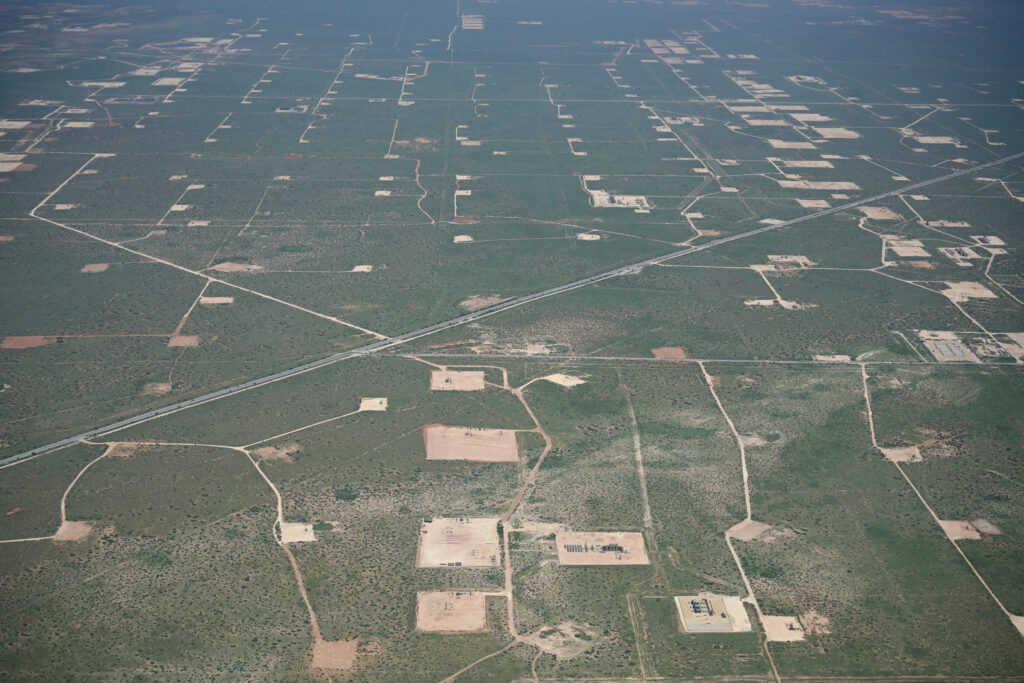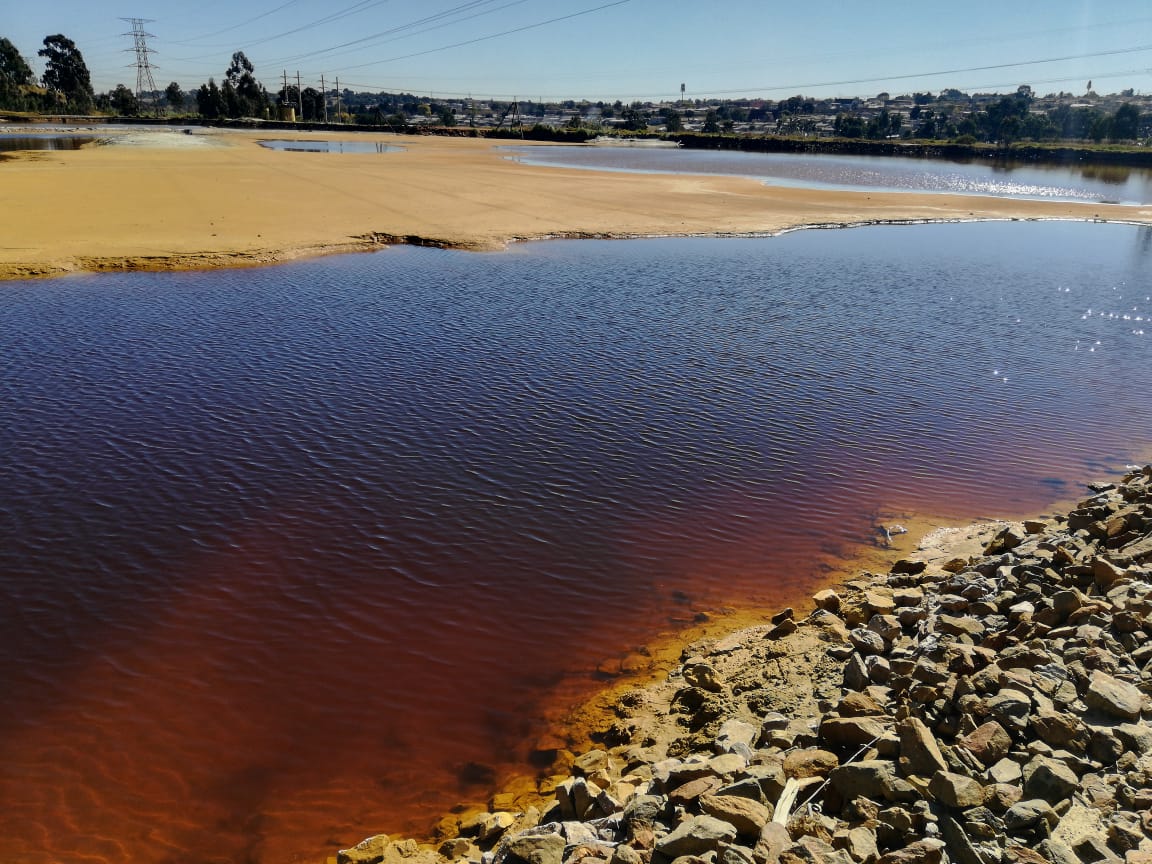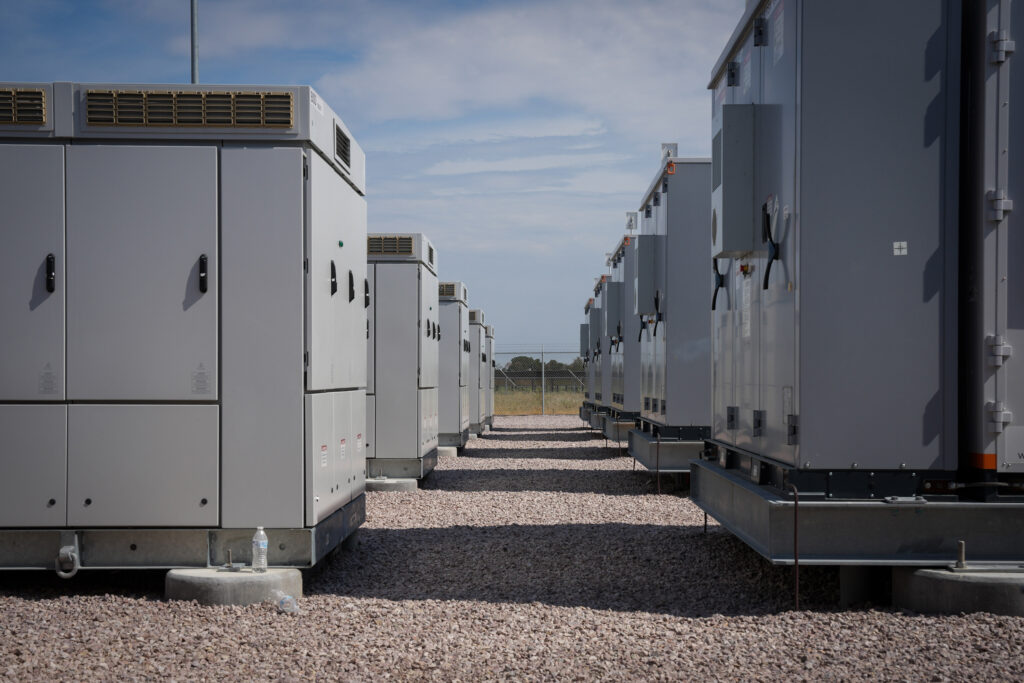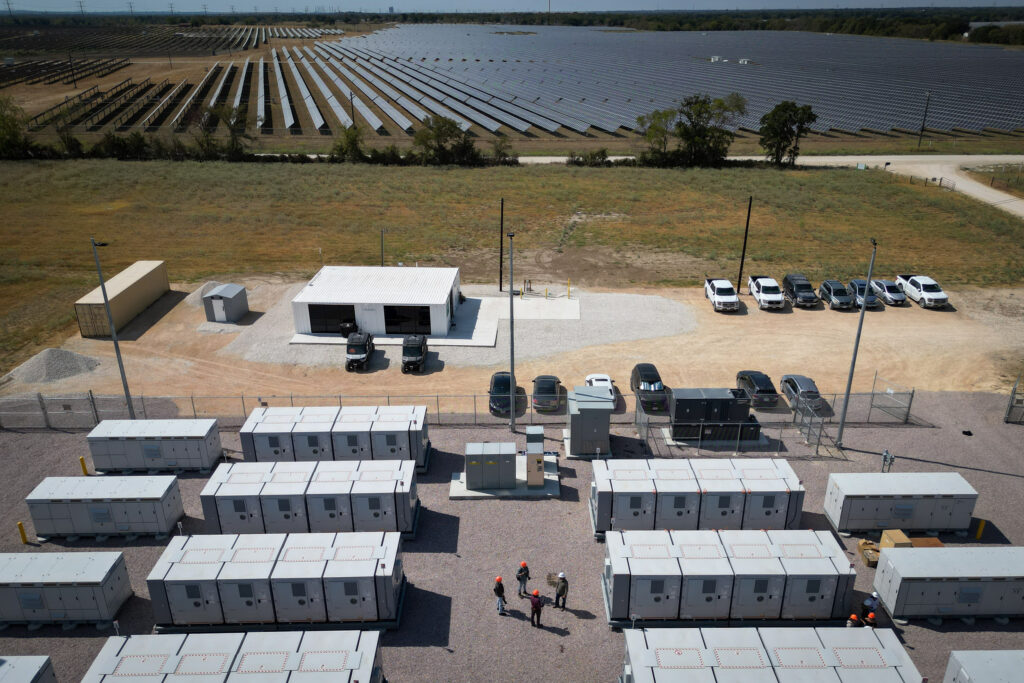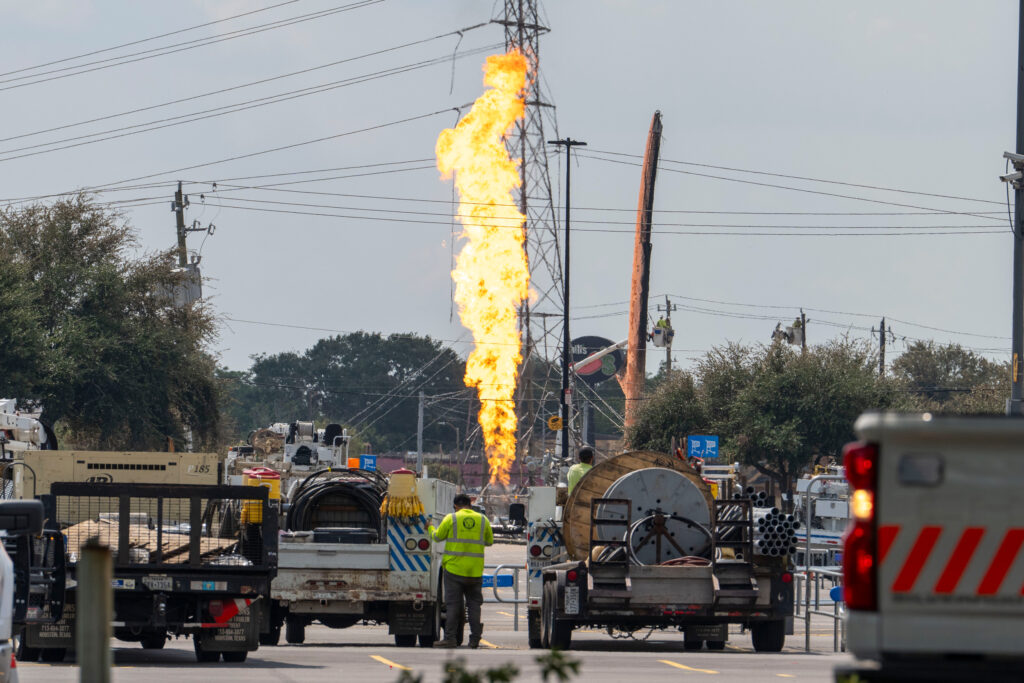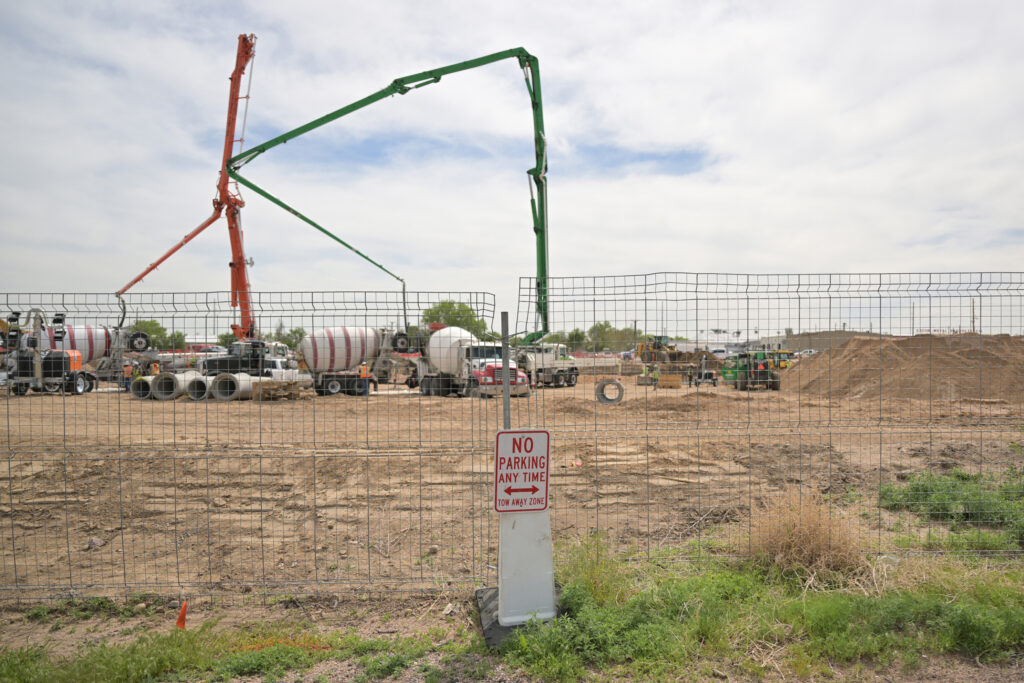A Shell petrochemical plant in western Pennsylvania has failed to deliver many promised economic benefits to the surrounding county since it was announced more than a decade ago, according to an analysis released Friday by the Ohio River Valley Institute, a longtime critic of the project.
Beaver County, northwest of Pittsburgh, has lagged both the state and the nation in measures including growth in gross domestic product, employment and number of businesses since the company unveiled plans to build the massive $14 billion plant in 2012, the report said.
The Ohio River Valley Institute (ORVI) has looked at the economic ripple effects in prior reports. The new analysis for the first time included federal data on “market income”—which subtracts government payments to individuals and households, resulting in a measure of what people earn from their jobs and personal investments. The report also updated publicly available federal data that was used for the earlier reports in November 2021 and June 2023. All the latest data showed a continuation of trends identified earlier.
The report said that “by nearly every measure of economic activity, today Beaver County is worse off than it was before the Shell plant was announced in 2012. Today, Beaver County has fewer jobs, fewer businesses, and fewer residents.”
We’re hiring!
Please take a look at the new openings in our newsroom.
See jobs
When the ethane cracker plant was announced, it was predicted by company and state officials to create 600 permanent jobs, boost the county’s economy by up to $846 million and swell state tax revenues. The plant, on a 386-acre site beside the Ohio River about 30 miles north of Pittsburgh, began operations in late 2022.
Shell spokeswoman Natalie Gunnell declined to comment on the specifics of the new report but said the plant has helped the local economy.
“In addition to paying over $52 million in taxes, royalties, and fees in Pennsylvania during the last three years, Shell has continued our focus on community through the creation of nearly 500 permanent jobs at our facility, enhancing STEM education, investing in programs to develop the local workforce, and hiring local suppliers,” she said in a statement.
The predictions of an economic boom led the state under then-Gov. Tom Corbett, a Republican, to grant Shell a record tax break of $1.65 billion.
The report’s co-author, Eric de Place, called the tax breaks a “sweetheart deal” for Shell but a “disaster” for Pennsylvania taxpayers.
ORVI said the plant’s economic shortcomings should prompt state and local lawmakers to look more closely at whether to support a nearby “hydrogen hub,” a federally sponsored network of hydrogen producers and consumers that has also been opposed by the think tank on the grounds that it would cost a lot of money while doing little to reduce greenhouse gas emissions.
“As officials weigh their support for a potential buildout of hydrogen and carbon capture in the region, the facts from Beaver County should encourage state lawmakers to pause before extending future tax subsidies,” it said.
The administration of current Gov. Josh Shapiro, a Democrat, declined to comment on the new report but noted that Shell agreed in 2023 to pay almost $10 million to the state and the Beaver County community for violating air regulations, and to make repairs to prevent a recurrence of the emissions.
Between 2012 and 2023, Beaver County’s GDP dropped by just over 12 percent, the report said, using data from the U.S. Bureau of Economic Analysis. The same measure of economic activity for the state and the country rose by 16 percent and about 29 percent, respectively.
From 2012 through the beginning of 2024, the number of jobs tracked in the county by the federal Quarterly Census of Employment and Wages declined by just over 13 percent while rising by about 6 percent statewide and 16 percent nationwide, the report said.
The number of businesses in the county dropped 4 percent between 2012 and 2023 while growing substantially in the state and nation, according to the same dataset, the report said. ORVI said it used the most recent statistics for all these comparisons.
The county also lost about 5,000 people between 2012 and 2023, in contrast to gains in state and national populations. “Within months of operation, the facility exceeded its annual pollution limits; many families in the area have since fled because of the plant due to concerns about the consequences of the plant’s air, water, light and noise pollution,” the report said.
The data show that Shell’s promises that it would boost the local economy have not been met, ORVI’s report added. “One of the central selling points pitched by Shell and its investors was that the petrochemical plant would spur a ‘windfall of economic opportunity,’” the report said. “In reality, the exact opposite has occurred.”
Beaver County Commissioner Jack Manning slammed the report as “utterly meaningless” and said Shell had in fact delivered on its economic promises.
“Shell put us on the map with the largest construction project to be built in Pennsylvania history since World War II,” he wrote in an email. “They kept us afloat during a global pandemic, the effect of which completely shut down most of the Commonwealth and especially Beaver County.”
In response to the report’s evidence of economic decline in Beaver County, Manning said its economy is in better shape than other parts of the region. He acknowledged that the county has lost residents in recent years but argued that the trend was probably driven by death, retirement, job moves or a search for better school districts. There is “no direct evidence” that people are leaving because of the Shell plant, he said.
He predicted the county’s economy will benefit more as the plant’s growth picks up. “This is a long-term process. We have seen more private, state and federal investments flow into Beaver County than we’ve seen in decades,” he said.
About This Story
Perhaps you noticed: This story, like all the news we publish, is free to read. That’s because Inside Climate News is a 501c3 nonprofit organization. We do not charge a subscription fee, lock our news behind a paywall, or clutter our website with ads. We make our news on climate and the environment freely available to you and anyone who wants it.
That’s not all. We also share our news for free with scores of other media organizations around the country. Many of them can’t afford to do environmental journalism of their own. We’ve built bureaus from coast to coast to report local stories, collaborate with local newsrooms and co-publish articles so that this vital work is shared as widely as possible.
Two of us launched ICN in 2007. Six years later we earned a Pulitzer Prize for National Reporting, and now we run the oldest and largest dedicated climate newsroom in the nation. We tell the story in all its complexity. We hold polluters accountable. We expose environmental injustice. We debunk misinformation. We scrutinize solutions and inspire action.
Donations from readers like you fund every aspect of what we do. If you don’t already, will you support our ongoing work, our reporting on the biggest crisis facing our planet, and help us reach even more readers in more places?
Please take a moment to make a tax-deductible donation. Every one of them makes a difference.
Thank you,





